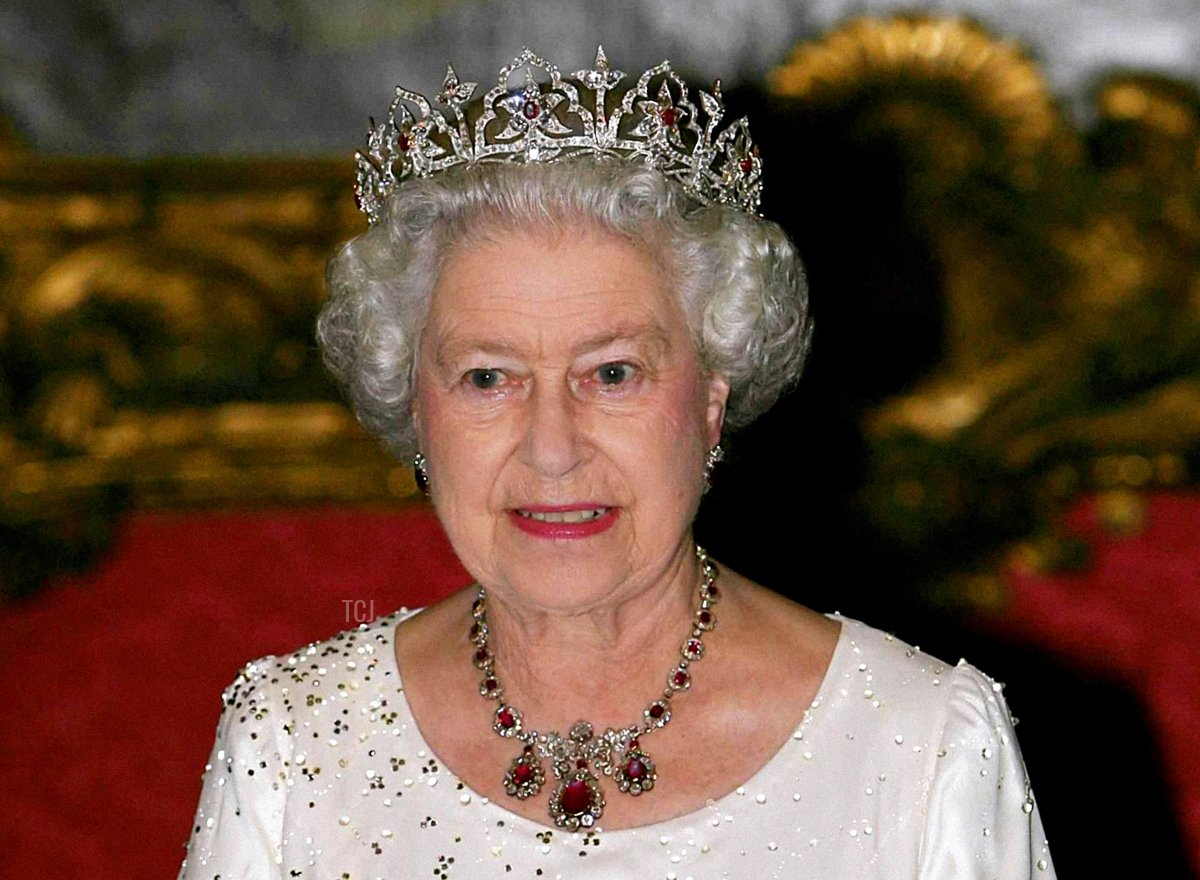
Prince Albert, husband of Queen Victoria, was one of the most influential royal consorts in British history. He also happened to be a talented jewelry designer, dreaming up numerous tiaras for his wives and daughters. Today, precisely one of these tiaras, Queen Victoria’s Indian Circlet, remains in the Royal Collection. Let’s delve into its intriguing history.
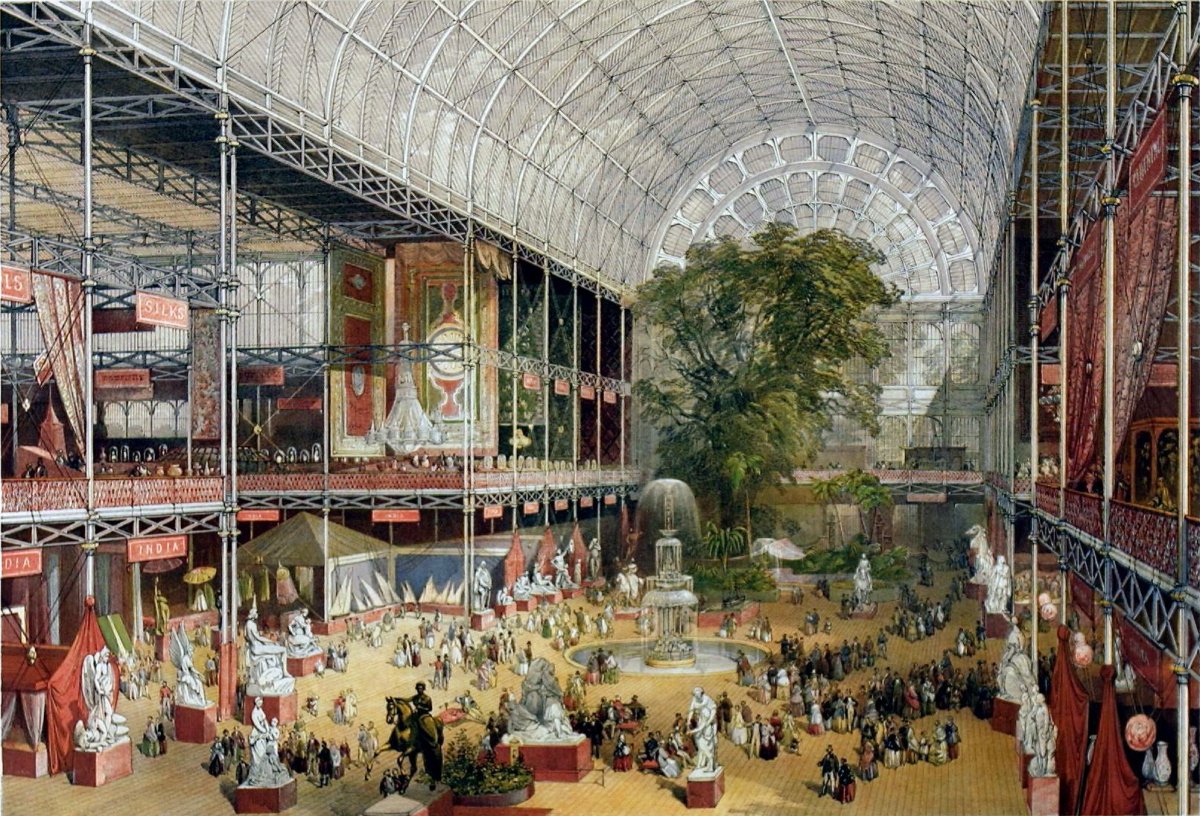
The story of the circlet begins in London in 1851. The jewel, which includes arches and lotus flowers in its design, was dreamed up by the Prince Consort after he saw pieces featuring similar motifs at the Great Exhibition, the landmark event that proved to be perhaps his greatest royal legacy. The Royal Collection’s website notes that Albert “had been greatly impressed by the Indian jewels presented to the Queen by the East India Company at the conclusion of the Great Exhibition.” The Mughal arches and lotus flower designs in the circlet were inspired by those Indian jewels.
A quick note on the tiara’s creation and its name: the jewel is often called “the Oriental Circlet” because of the inspiration Albert took from traditional designs from East Asia. I’ve used this name in the past as well. But going forward, I think it’s more accurate to call the piece “the Indian Circlet”—a more precise location of the design inspiration for the piece.

Albert’s Indian-inspired tiara was originally set with diamonds and opals, his favorite gemstone. Garrard, the crown jeweler, made the piece based on Albert’s design, finishing it in 1853. The jewels are featured in the illustration above and the portrait below, painted by Stephen Catterson Smith in 1854 to commemorate Victoria’s recent visit to Dublin. A coordinating suite of diamond and opal jewels, including a necklace, earrings, and brooch, were bought by Victoria and Albert from Garrard around the same time.
The diamonds used to make the tiara were taken from the family’s collection, which caused a problem shortly after the piece’s construction. In 1857, the Hanoverian branch of the family won the legal right to the late Queen Charlotte’s jewels. Every piece of jewelry in the collection had to be scrutinized, and numerous jewels—including any individual stones taken from pieces of Charlotte’s jewelry and set in other new jewels—had to be removed and sent to Germany. This included a significant number of the diamonds in the Indian Circlet. The gems were removed from the circlet and turned over to Victoria’s Hanoverian cousins in January 1858. Garrard worked with Victoria and Albert to remodel and reset jewelry, including the circlet, that included stones that had to be returned to Hanover. The Indian Circlet was remade at a cost of a little more than 400 pounds, and it was also altered slightly, leaving a small open space in the back so that it was no longer a completely closed circlet.
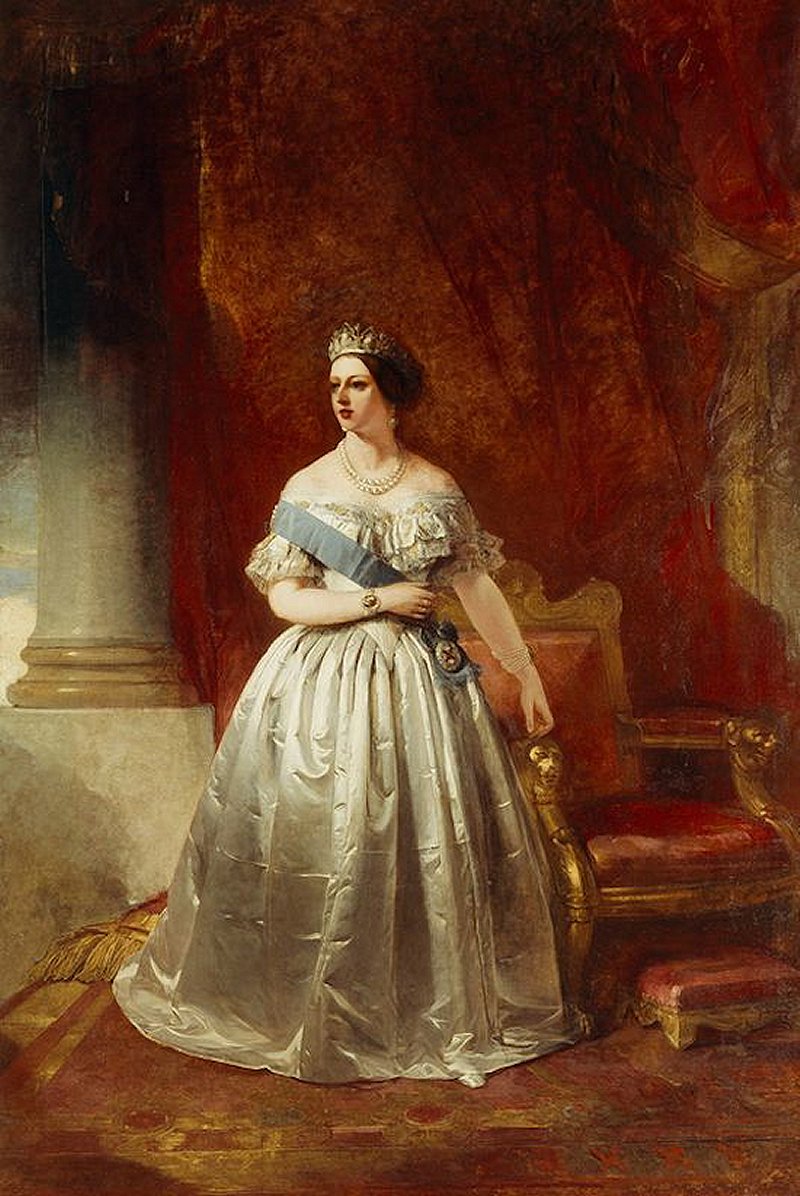
In 1861, Prince Albert died. After his untimely death, Queen Victoria had little use for elaborate jewels, wearing mostly her small crown and her tiny sapphire coronet. In her will, Victoria designated the circlet as an heirloom of the crown, specifically earmarking for the use of future queens and queens consort. The next in line to wear the tiara, then, was Victoria’s daughter-in-law, Queen Alexandra.
But Alexandra didn’t share Albert’s fondness for opals — in fact, she thought they were bad luck — and so she had the center stones replaced with rubies. (She had the opals in the coordinating earrings and necklace replaced with rubies, too.) The rubies had been in the family’s vaults nearly as long as the tiara, and they had a real connection to the eastern reaches of the empire: they were Burmese rubies that had been given to Victoria in the 1870s. Alexandra also had the size of the circlet reduced slightly. Intriguingly, though, given all the changes she made to the tiara, there don’t appear to be any photographs of her actually wearing the piece.
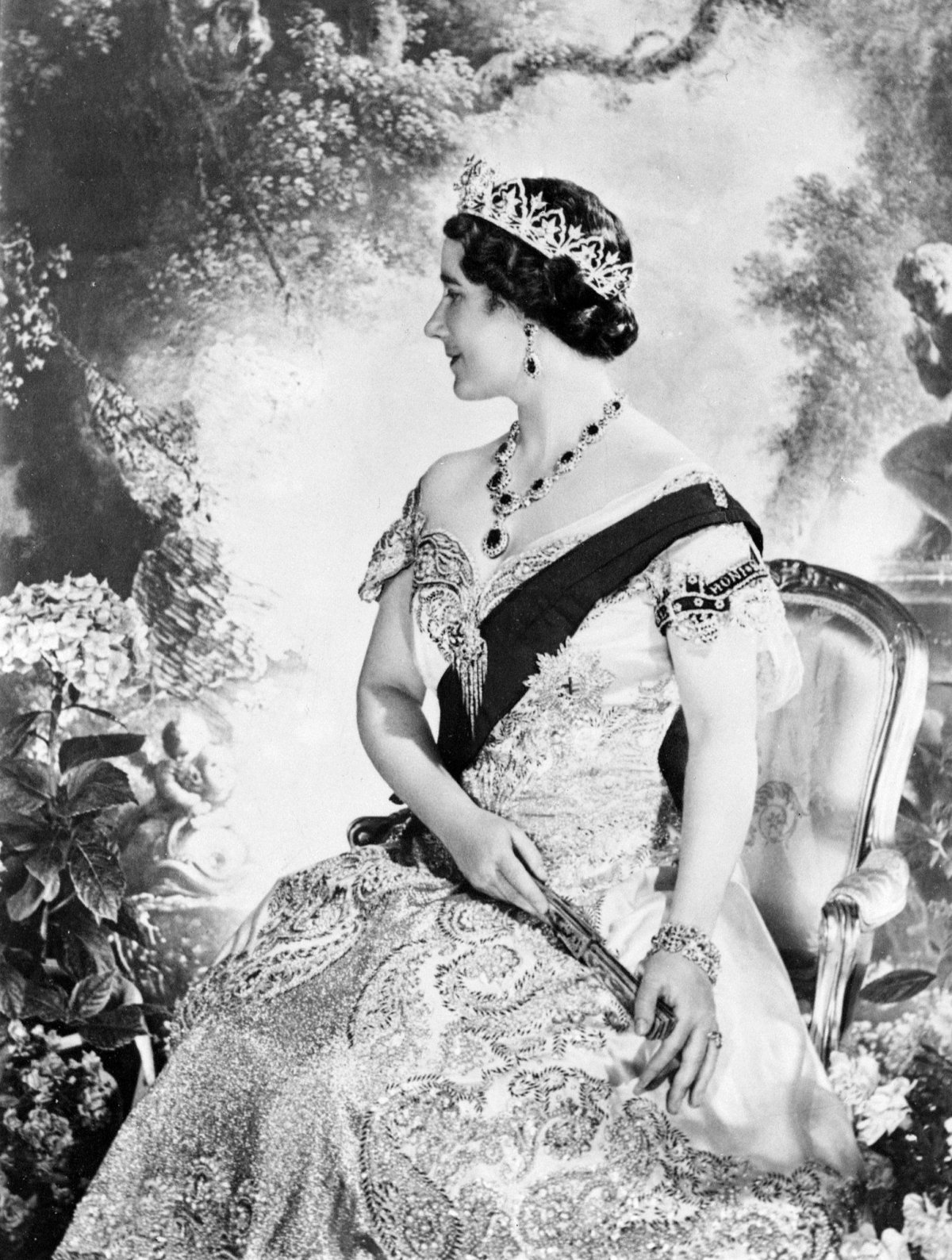
Indeed, neither Alexandra nor her tiara-loving successor, Queen Mary, were apparently ever photographed wearing the tiara, even after Alexandra took such pains to remodel it. (Mary did take the time to have the opals in the suite’s brooch replaced with rubies, to make the set match.) The next British queen to don the tiara was Mary’s daughter-in-law, Queen Elizabeth (better known to us as the Queen Mother). The tiara was made available to her in 1937, the year that her husband, George VI, was crowned king.
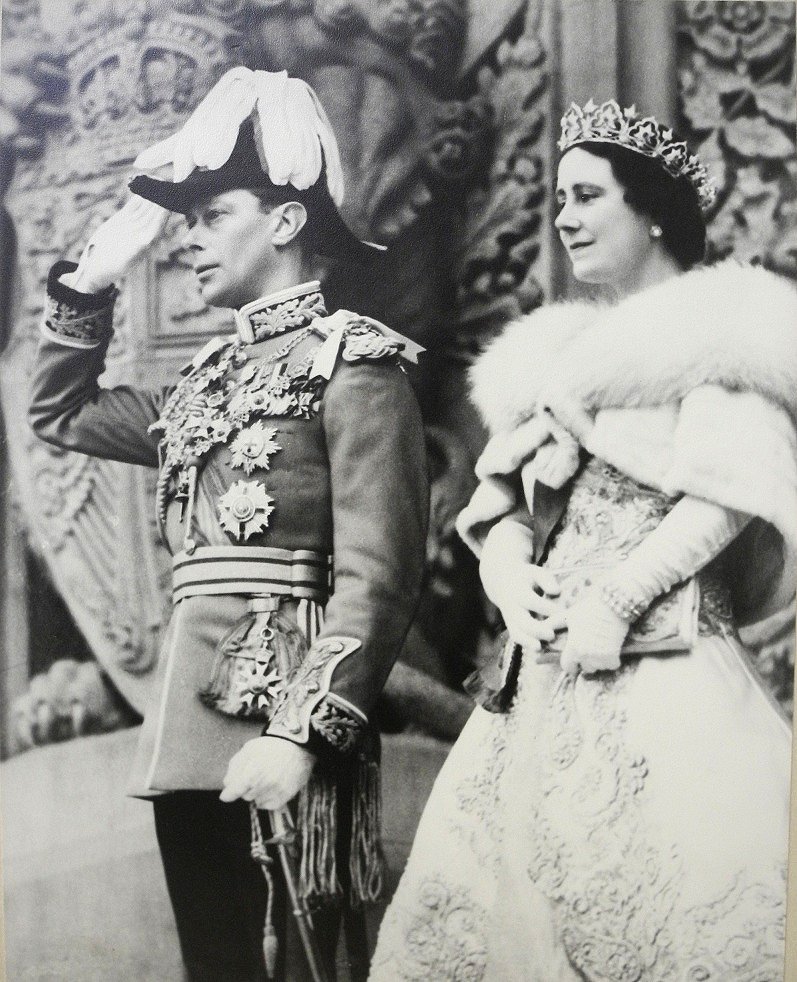
Elizabeth wore the tiara often throughout her husband’s reign. Above, she wears the tiara in Ottawa in May 1939.
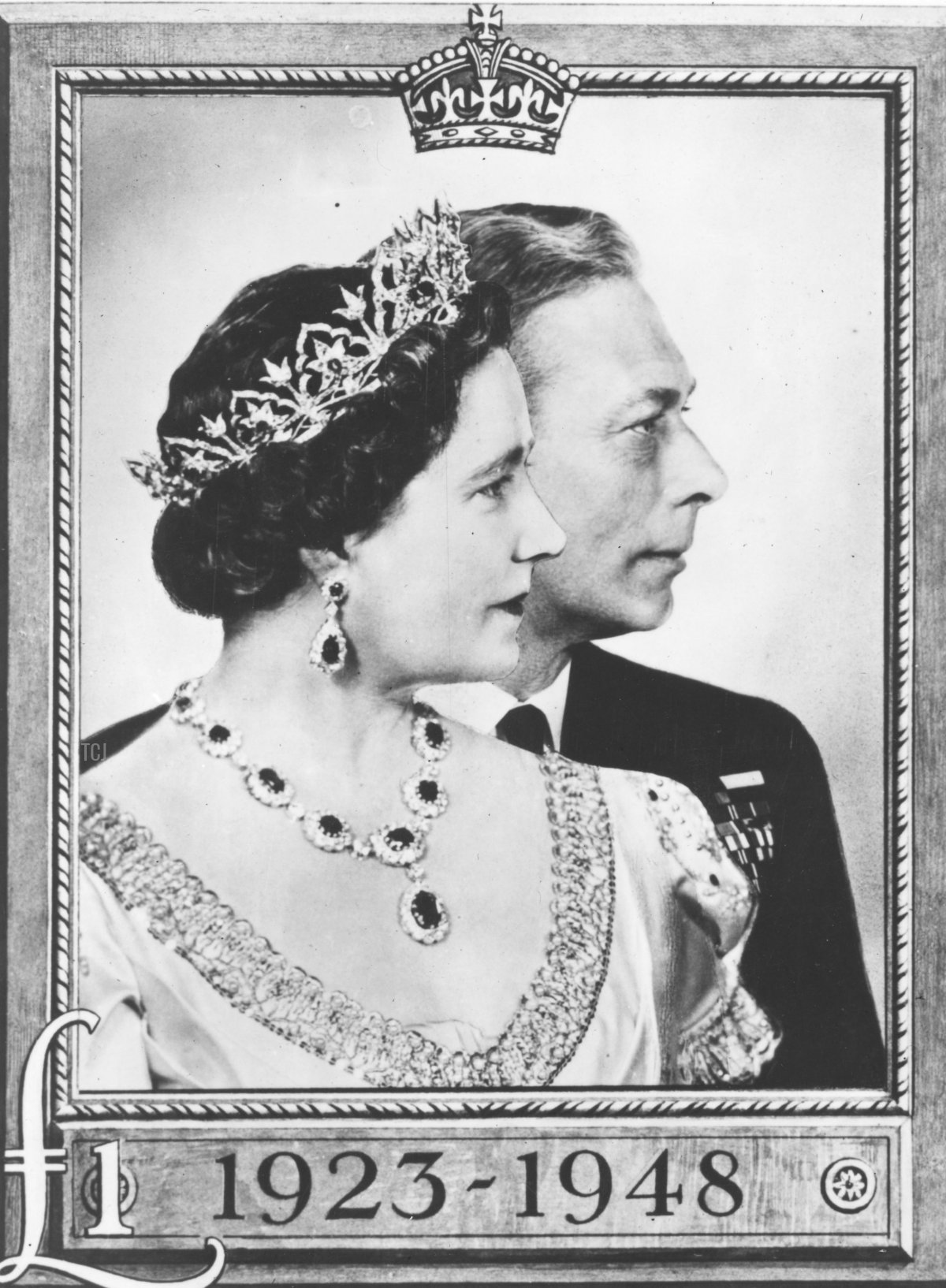
She also wore the tiara (and the necklace and earrings) for an official portrait that was used to celebrate their silver wedding anniversary in 1948. Above, the portrait is used on a commemorative stamp.

In 1952, King George VI died, and Queen Elizabeth II succeeded him. At that point, all of the jewels classified as heirlooms of the crown should have passed to Elizabeth II, the new monarch. But, while she took possession of some of the pieces, she left others with her mother, including the Indian Circlet and its coordinating ruby and diamond jewels. The Queen Mother continued to wear the set throughout her long widowhood, which lasted another 50 years. Above, a portrait of her wearing the set, painted by Edward I. Halliday, is displayed at the Annual Exhibition of the Royal Society of Portrait Painters in November 1953.

Here, the Queen Mum wears the circlet and rubies with one of her ruby floral clip brooches and the Diamond Quatrefoil Bracelet for the Royal Academy of Dramatic Art’s Diamond Jubilee in November 1964.
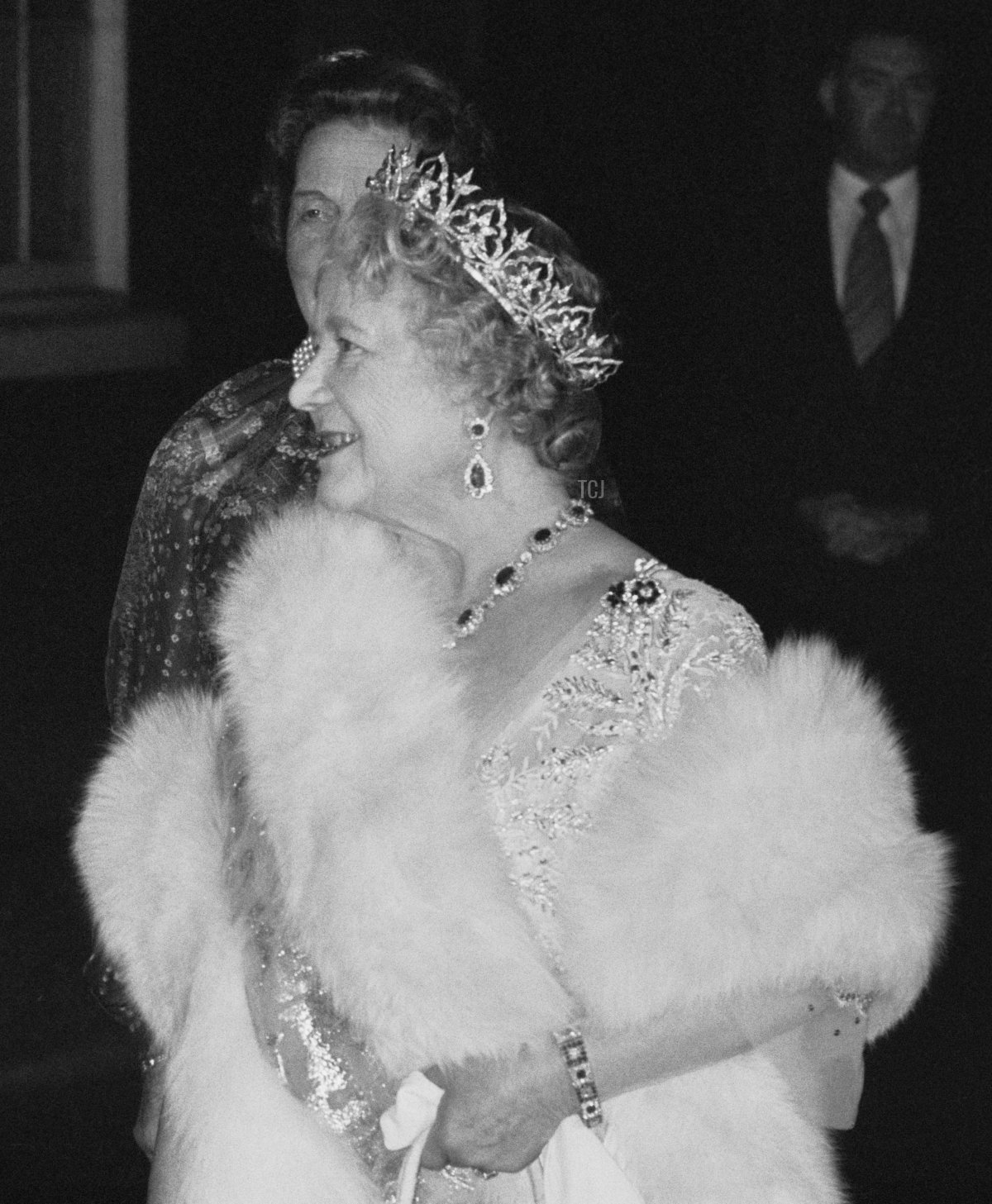
She continued to prefer the tiara in the later years of her life as well. Here, in November 1980, she wears the tiara with its coordinating necklace and earrings (plus one of her ruby floral brooches and a geometric bracelet) for an 80th birthday party in her honor, hosted at 10 Downing Street by Margaret Thatcher.
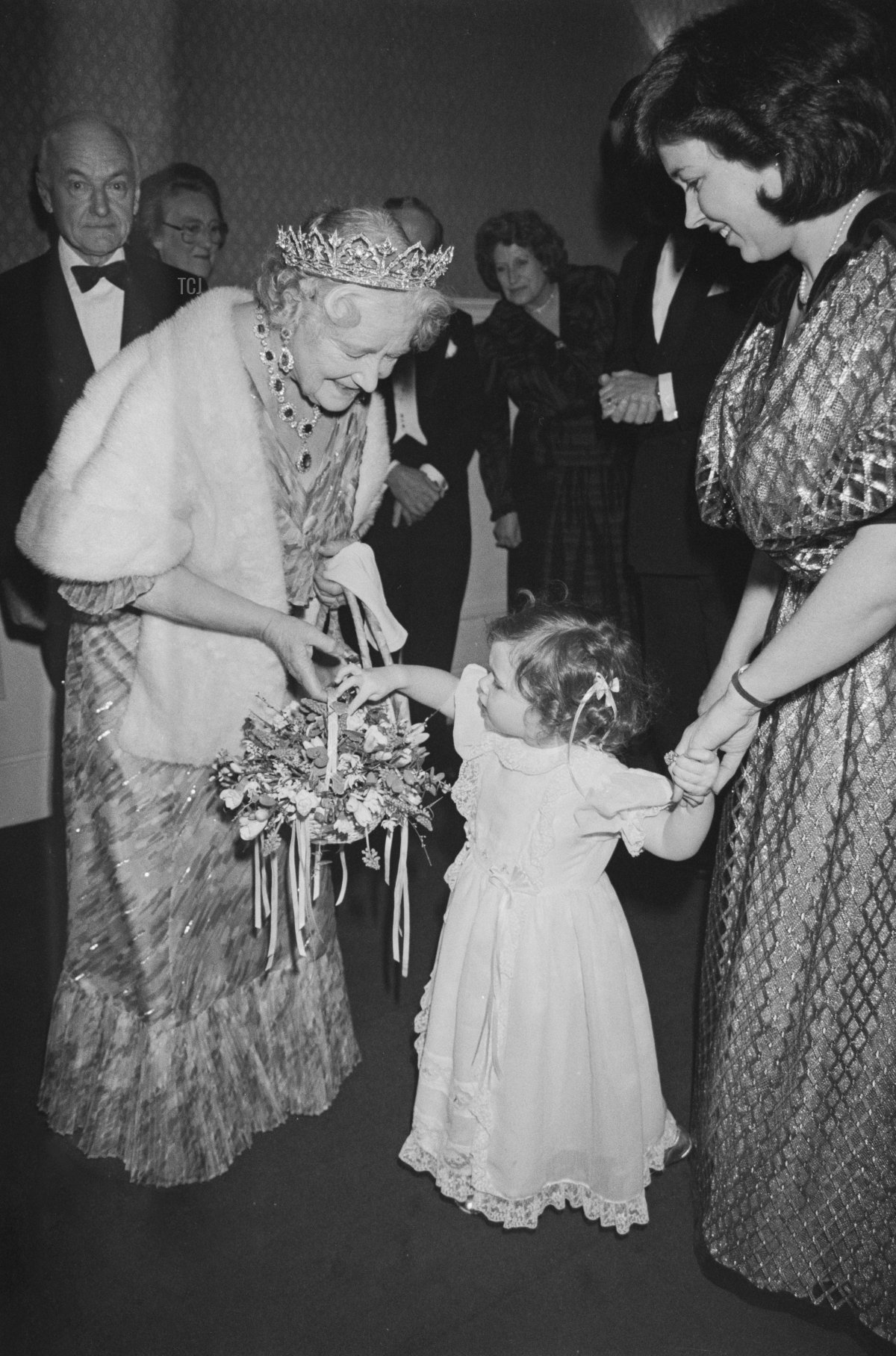
Almost five years later, in March 1985, she wore the tiara with the Crown Rubies for the premiere of A Passage to India.
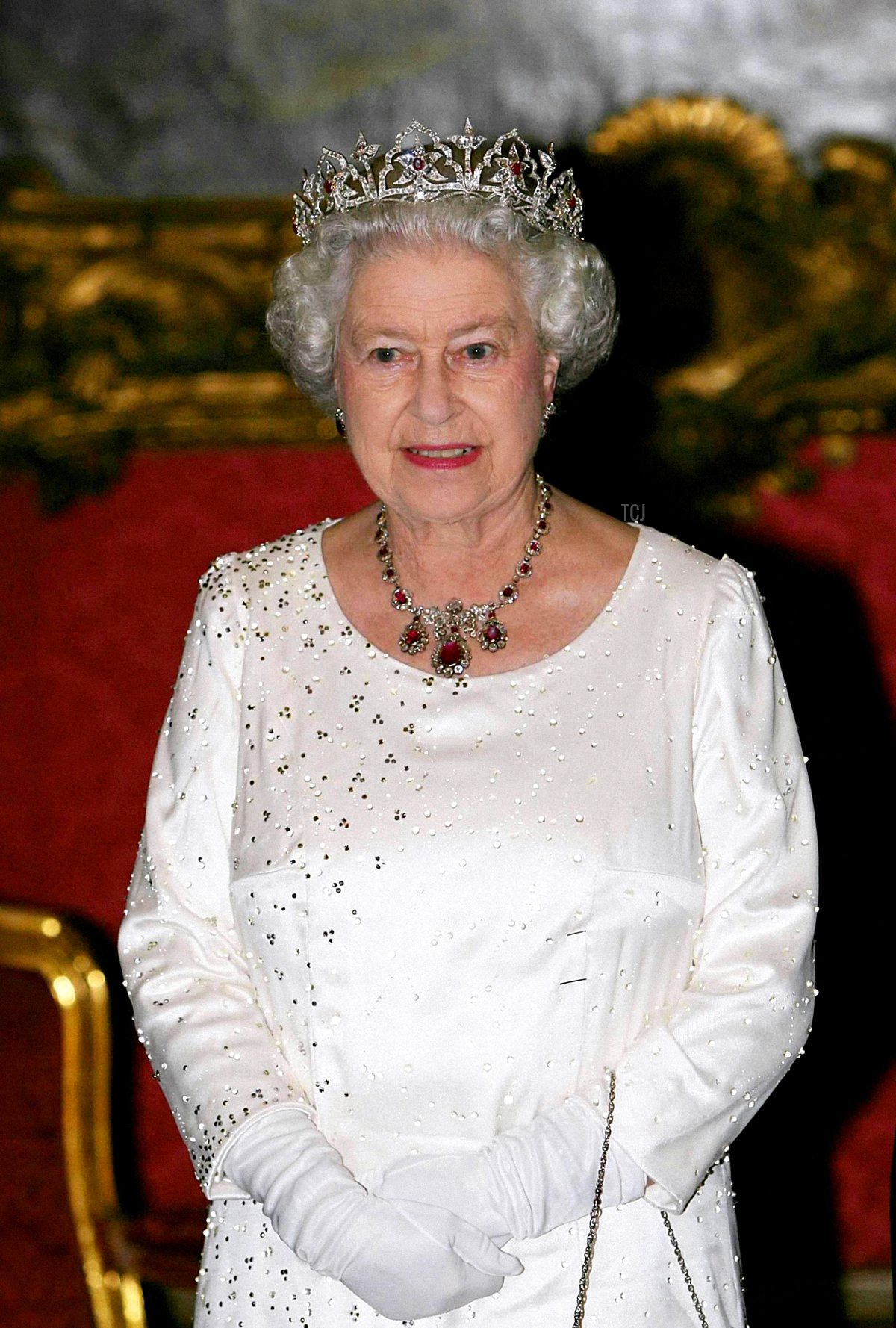
After the Queen Mother’s death in 2002, the circlet and its coordinating jewels were handed over to Queen Elizabeth II. She worn the Indian Circlet on one occasion: a banquet in Malta in November 2005. For that event, she paired the tiara with Queen Mary’s Ruby Cluster Earrings and the Baring Ruby Necklace.
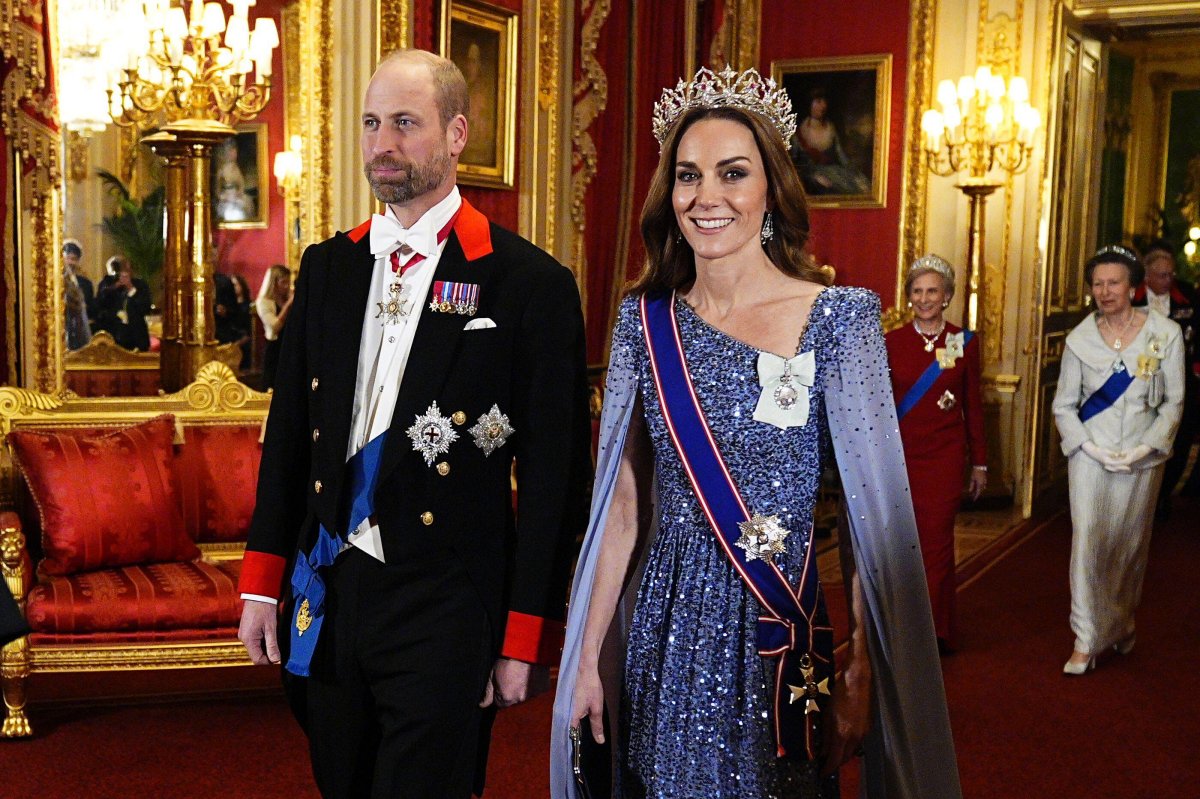
In December 2025, the tiara appeared for the first time on another future queen consort, when the Princess of Wales wore it for the German state banquet at Windsor Castle. The choice of the tiara was a lovely nod to Prince Albert and the family’s German heritage.
Leave a Reply
You must be logged in to post a comment.